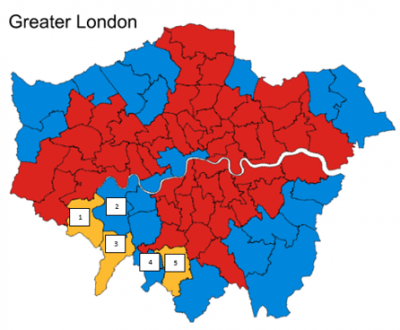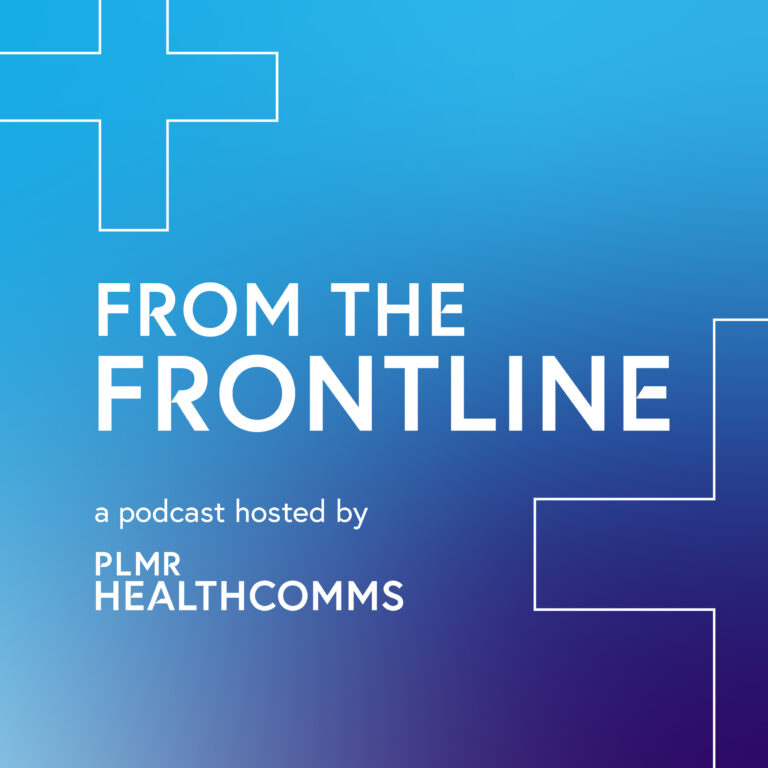It seems that the bulk of the focus ahead of the upcoming local elections in London at the moment is currently being predicated on three issues;
- Firstly, the battle that will no doubt ensue between the Conservatives and Labour in marginal boroughs, such as Barnet and Wandsworth, and how well the two parties will fare in this regard.
- Secondly, in areas where Labour are already dominant or pose a real chance of gaining control, what type of Labour councillors and councils we are going to see over the next four years given the increasing influence of Momentum within the party.
- And thirdly, what implications the overall results will have for Theresa May’s future as Prime Minister.
But, are we missing another fascinating component to these local elections?
Namely, the battle between the Conservatives and Liberal Democrats in the boroughs that traditionally form the outskirts of South West London – specifically, Richmond, Kingston and Sutton.
Commentators often forget how interesting and out of step these three boroughs are with the rest of the Capital both socio-economically and politically, and they often have a tendency to be unfairly overlooked because of this.
Since the mid-1990s, and in some respects longer, they have formed a very distinct cluster within the Capital, all having a very similar amalgamation of characteristics which separate them from the rest of the London.
Socio-economically, many argue that they have more in common with boroughs in Surrey than those in London.
From a political perspective their local authorities since creation have each fluctuated between the control of the Conservatives and Liberal Democrats, with Labour customarily having a very minimal presence – at the local level they are outlier boroughs in London and can be considered unique cases.
Likewise, the modern day parliamentary constituencies that make up these boroughs have for the past 20 years been key battlegrounds between the Liberal Democrat and Conservatives. Indeed, each of the 5 parliamentary constituencies that make up these boroughs, were all represented by Liberal Democrat MPs between 1997 and 2010, comprising a yellow heartland over this time.
Despite this historic uniformity, the boroughs have begun to gradually diverge from one another politically since the onset of the Coalition Government in 2010.
The most obvious area where a political divide is starting to show in the region is with Brexit. At the 2016 EU referendum Richmond and Kingston both voted Remain, but to different extents, with 69.3% of the electorate doing so in the former and 61.6% doing so in the latter. Meanwhile, in Sutton, 53.7% voted to Leave.
Perhaps because of the Brexit dimension, with the Conservatives committing themselves to pushing ahead with Brexit and the Liberal Democrats committing themselves to a 2nd referendum on the issue, the boroughs each formed an extremely fascinating part of the electoral terrain within the capital at the General Election last year, delivering an interesting, confusing, and somewhat contradictory set of results in their parliamentary constituencies:





